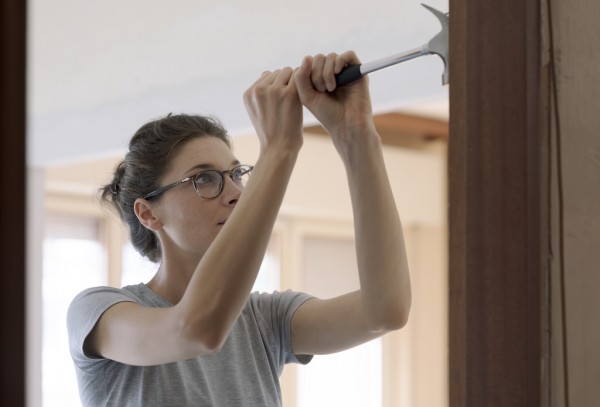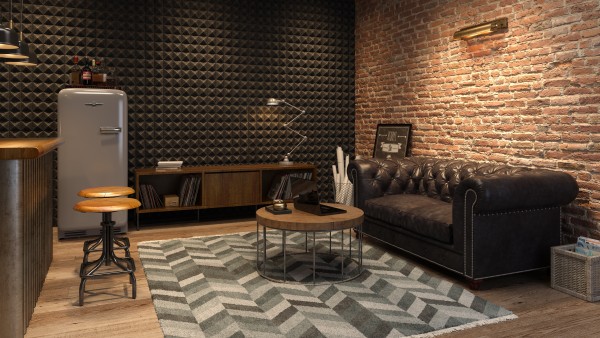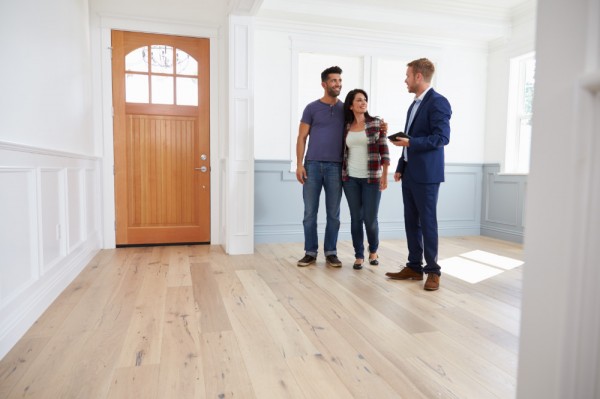Refinancing your mortgage is something most homeowners consider at least once throughout the lifespan of their home loan. It allows you to pay off your previous loan by applying for a new one that has better financial advantages. While there are many good reasons to refinance, here are five common ones.
- Scoring a lower interest rate. The number one reason homeowners decide to refinance is to secure a lower interest rate on their mortgage. Not only does this save you money in the long run and decrease your monthly payment, but you can start building equity in your home sooner.
- Using an improved credit score. Even if interest rates have not dropped in the market, if you’ve improved your credit score over the last few years, you may be able to reduce your mortgage rate.
- Shortening the loan’s term. If interest rates are decreasing, there is a chance you may be able to get a shorter loan term with little to no change in your monthly payment, allowing you to pay off your loan sooner.
- Switching from an adjustable rate to a fixed rate. If you chose an adjustable-rate mortgage with great introductory rates when you initially financed your home, that rate may increase significantly over the years. By switching to a fixed rate while interest rates are low, you can protect yourself from future increases.
- Cashing out home equity. If there is a big purchase or payment on the horizon, such as funding a wedding or going back to school, your best option may be to use the equity you’ve built in your home to borrow money at a lower cost.



















